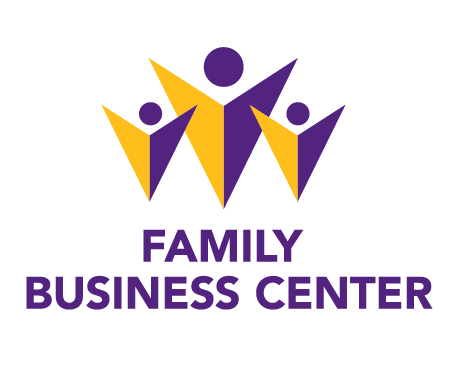Recruiting and retaining in a family business—Three things I learned in session two
Recruiting and retaining in a family business—Three things I learned in session two
By Dan Beenken
We had a great turnout and another awesome session this past week. Huge thank you to our panelists, Dave Davis, chief executive officer of Spahn and Rose Lumber Co.; Rob McDonald, chief executive officer of A.Y. McDonald Mfg. Co.; and Scott Sernett, chief executive officer of Vizalex. I also want to thank everyone who joined us Oct. 15 for our second Virtual Breakfast Series session of the 2021-2022 season!
As I always try to do with our Virtual Breakfast Series sessions, I wanted to put together the top three nuggets of knowledge that I took away:
- Retention starts with a competitive base. Before you spend any time setting up retention pay and tools, it’s critical to already have a competitive compensation package in place. Without that foundation, any retention strategies are a waste of time. You have to know the market for the people and positions you want to retain. In today’s world, and for most higher-level executives, that extends well beyond base pay to include the time off and additional benefits that your corporate competitors are offering.
- Use a mix of key performance indicators (KPIs). Aligning retention (read: golden handcuff) pay to just one metric like revenues or profits can be a recipe for short-term success but long-term disaster. You want to align your non-family executives around the same values and vision that you have for the firm. Often that means managing to both a short-term and long-term time horizon. Allowing executives to manipulate revenues, ignore reinvestment and other short-term tactics will eventually come back to haunt you. Our panel recommended having a mix if metrics imbedded in your bonus compensation to protect the long-term profitability of the firm, which can otherwise be at the expense of short-term personal goals. An example might be to blend profit, revenue and return on asset growth in a 1/3 ratio to create a more wholistic approach to setting something up.
- Non-qualified deferred compensation (NQDC) as a great starting point. Phantom stock, warrants and other share mimicking strategies are often the tools that get the most attention. But these are often quite complex and geared more for larger firms. A better place to start is probably with a traditional NQDC. It’s a more simple and straightforward approach that is also typically much less expensive to design and manage for smaller firms. It might not be as flashy as a Phantom Stock program, but in the end will accomplish the same goals for your family and your business. Namely, it will keep well regarded key non-family executives tethered to your firm and incentivized to grow it!
You can download a handout for the virtual event by clicking the link below.
Thanks, and I hope to see many of you at our upcoming inaugural UNI Family Business Conference presented by BrownWinick. It’s going to be a day-long event devoted to Iowa family businesses!
Dan Beenken
Director, Family Business Program


